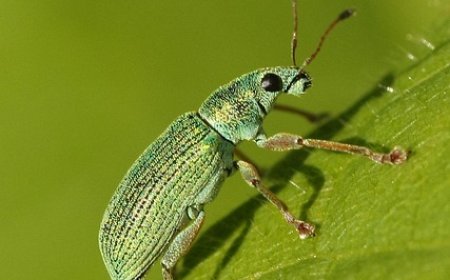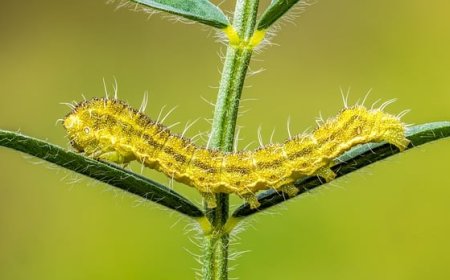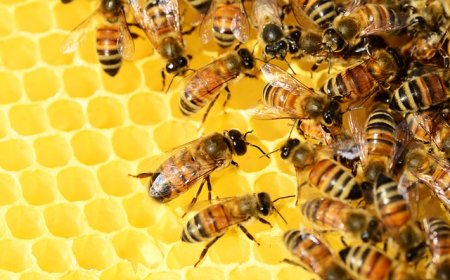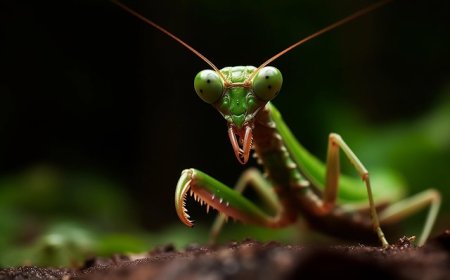Butterflies and Moths for Kids: Life Cycle, Facts, and Identification Guide
Explore the amazing world of butterflies and moths in this educational guide for kids. Learn about their life cycle, anatomy, differences, and why they are important to nature
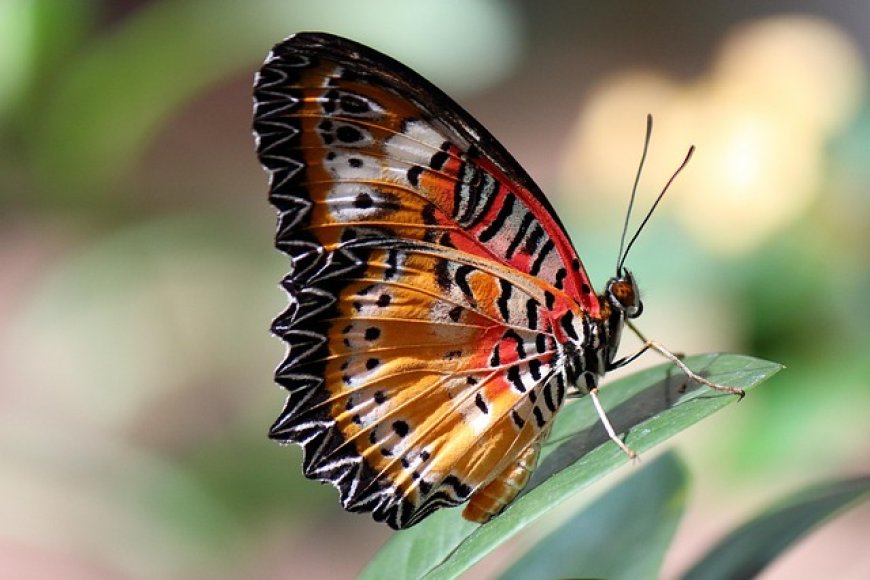
🦋 Butterflies and Moths: The Colorful World of Lepidoptera
🌼 Introduction
Butterflies and moths are some of the most beautiful and fascinating insects on Earth. Together, they belong to the scientific order called Lepidoptera, which means “scale-winged.” This name comes from the tiny scales that cover their wings, giving them their bright colors and patterns. You can find Lepidoptera almost everywhere—from tropical rainforests to your backyard garden.
In this article, you will learn what makes butterflies and moths special, how they grow and change during their lives, where they live, what they eat, and why they are important to nature and humans.
Keywords: butterflies facts for kids, moths information, Lepidoptera life cycle, butterfly identification, pollinator insects.
🧬 Classification and Scientific Background
Lepidoptera is one of the largest insect orders, with over 180,000 species described worldwide. The order is divided into two main groups:
- Butterflies (superfamily Papilionoidea)
- Moths (several superfamilies, including Noctuoidea, Geometroidea, and others)
Scientists believe Lepidoptera evolved about 150 million years ago, during the time dinosaurs roamed the Earth. Fossil evidence shows that even ancient butterflies and moths had scales on their wings.
Butterflies and moths are holometabolous insects, which means they undergo complete metamorphosis, with four life stages: egg, larva (caterpillar), pupa (chrysalis or cocoon), and adult.
🦋 How to Tell Butterflies and Moths Apart
Though they belong to the same order, butterflies and moths have some differences:
| Feature | Butterflies | Moths |
|---|---|---|
| Antennae | Thin with clubbed tips | Often feathery or threadlike |
| Resting wings | Held upright over back | Spread flat or folded tent-like |
| Body shape | Slim, smooth | Fuzzy, stout |
| Active time | Mostly daytime (diurnal) | Mostly nighttime (nocturnal) |
🔍 Physical Characteristics
Wings and Colors
Their wings are covered in tiny overlapping scales that reflect and scatter light, creating stunning colors. Some scales produce colors by pigment, while others create iridescent effects by bending light.
Butterflies often have bright, colorful patterns to warn predators or attract mates. Moths sometimes have duller colors that help them blend in, although some are beautifully patterned too.
Body Structure
Like all insects, butterflies and moths have:
- Three main body parts: head, thorax, abdomen
- Six legs attached to the thorax
- Two pairs of wings
- A proboscis: a long, coiled tube used for drinking nectar
Some moths do not feed as adults and have reduced or absent mouthparts.
🐛 Life Cycle
Lepidoptera undergo complete metamorphosis:
🥚 Egg
Females lay tiny eggs on host plants. The shape, size, and color of the eggs vary by species.
🐛 Larva (Caterpillar)
Caterpillars hatch and begin eating leaves almost immediately. They molt several times as they grow. Caterpillars often specialize on specific host plants. For example, monarch caterpillars feed only on milkweed.
🦋 Pupa (Chrysalis or Cocoon)
When fully grown, the caterpillar forms a protective casing:
- Butterflies: Chrysalis (a hard, smooth case)
- Moths: Cocoon (silky covering, sometimes with leaves)
Inside, the insect transforms into an adult.
🌸 Adult
The adult emerges with soft, folded wings and pumps fluid into them to expand before flying. The adult’s main goal is to reproduce.
Life span:
- Caterpillar stage: 2–4 weeks (some species much longer)
- Pupa: 1–2 weeks (some overwinter in this stage)
- Adult: a few days to several weeks
🌎 Habitat and Distribution
Butterflies and moths live almost everywhere except Antarctica. They are most diverse in tropical rainforests, where many species remain undiscovered.
Common habitats include:
- Meadows
- Forests
- Grasslands
- Gardens and parks
- Wetlands
Some species, like the Monarch butterfly, migrate long distances—over 2,500 miles between Canada and Mexico each year.
🍽️ Diet and Feeding
Caterpillars: Most feed on leaves. Some specialize on one plant type; others eat many. A few are agricultural pests.
Adults: Most drink nectar using their proboscis. Some sip sap, rotting fruit juices, or even animal droppings for minerals. A few moths, like the vampire moth, feed on animal blood!
💡 Behavior and Adaptations
Defense Mechanisms
- Camouflage: Many moths blend into bark or leaves
- Warning Colors: Bright colors signal toxicity
- Mimicry: Some butterflies mimic poisonous species
- Eye Spots: Large spots on wings scare predators
Migration
Monarch butterflies are famous for their migration. Painted Lady butterflies and some moths also travel long distances.
Communication
Butterflies use color signals and scents called pheromones to find mates. Moths often have better-developed sense organs to detect pheromones.
🌿 Importance to Humans and Ecosystems
Pollinators
Butterflies and some moths help pollinate flowers, supporting crops and wild plants.
Food Web
Caterpillars and adults are food for birds, bats, reptiles, and other insects.
Indicators
Scientists use butterflies to measure habitat health. Declines often signal problems like habitat loss or pollution.
Economic Role
Silk moths (Bombyx mori) have been raised for thousands of years to produce silk. Other moths can damage stored food or textiles.
⚠️ Threats and Conservation
Many populations are declining because of:
- Habitat loss
- Pesticide use
- Climate change
- Pollution
Organizations like the Xerces Society work to protect habitats and encourage pollinator gardens. Some species, like the Monarch, are legally protected.
✨ Interesting Facts About Butterflies and Moths
- The Atlas moth can have a wingspan up to 12 inches.
- Butterflies taste with their feet.
- Some moths hear bat echolocation to evade predators.
- The glasswing butterfly has nearly invisible wings.
- The adult Luna moth lives only about one week and has no mouth!
- Monarch butterflies travel thousands of miles during migration.
- The Western pygmy blue is the world’s smallest butterfly, under 0.5 inches across.
📝 Kid-Friendly Summary
Butterflies and moths belong to the order Lepidoptera, meaning “scale-winged.” They grow in four stages—egg, caterpillar, pupa, and adult. Butterflies typically fly during the day with colorful wings, while moths are often fuzzy and nocturnal. They pollinate plants and form a key part of the food web. Many species face threats from habitat loss and pollution, so conservation efforts are crucial.


















































